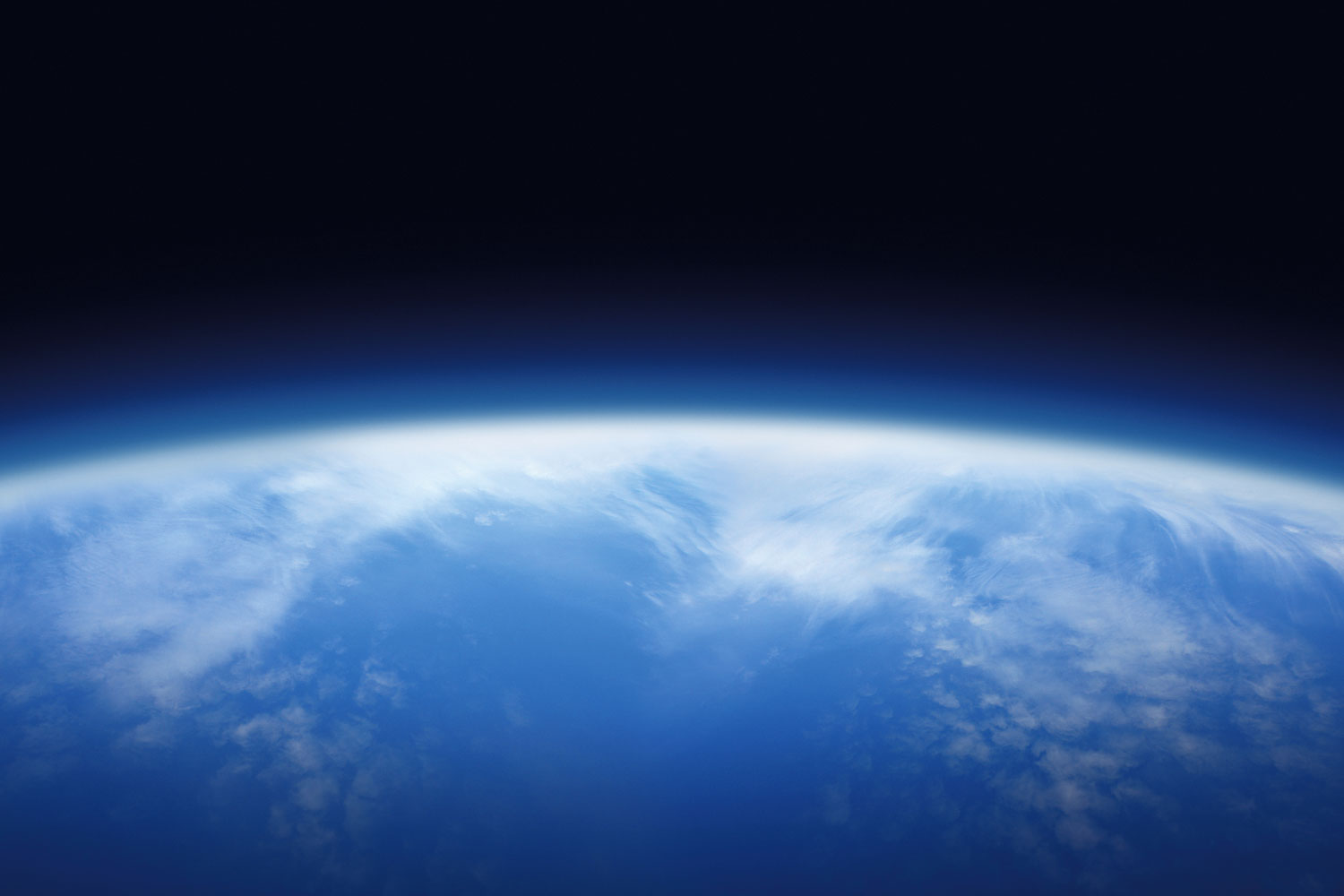
A new study suggests man-made gases in the atmosphere are affecting the ozone layer, more than two decades after governments resolved to phase out ozone-destroying gases.
Three of the types of gases discovered are chlorofluorocarbons (CFC), the compound found in aerosol sprays and refrigerator coolants that created holes in the ozone layer nearly 30 years ago, the Financial Times reports. The gases may be emitted from chemicals used to make insecticides and solvents for cleaning electronic components, said the study by Dr Johannes Laube of the University of East Anglia, but their source is unclear.
A hydrochlorofluorocarbon, or HCFC, a less harmful replacement of CFCs, is another gas affecting the atmosphere.
The ozone layer in the earth’s stratosphere filters ultraviolet solar rays that are harmful to human health. In 1989 governments agreed to phase out CFCs, leading to a long-term recovery of the ozone layer. Scientists point to the ozone layer’s recovery as evidence that changes in human behavior can improve the environment.
But the recent discovery suggests the ozone layer is still being impacted. Emissions at the current levels have not been seen since controls were introduced, though the recent levels are still much lower than the extraordinarily high CFC output of the 1980s.
“The concentrations found in this study are tiny. Nevertheless, this paper reminds us we need to be vigilant and continually monitor the atmosphere for even small amounts of these gases creeping up, either through accidental or unplanned emissions,” said Professor Piers Forster of the University of Leeds.
[FT]
More Must-Reads from TIME
- Inside Elon Musk’s War on Washington
- Meet the 2025 Women of the Year
- The Harsh Truth About Disability Inclusion
- Why Do More Young Adults Have Cancer?
- Colman Domingo Leads With Radical Love
- How to Get Better at Doing Things Alone
- Cecily Strong on Goober the Clown
- Column: The Rise of America’s Broligarchy
Contact us at letters@time.com